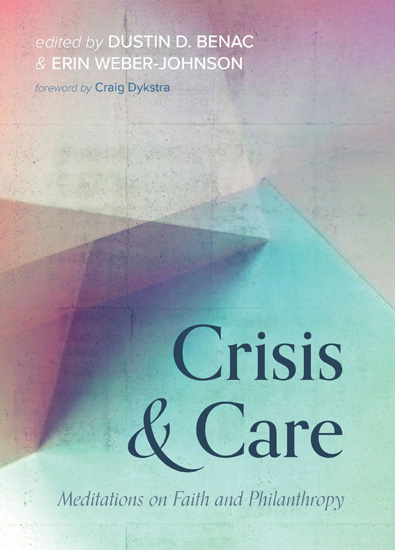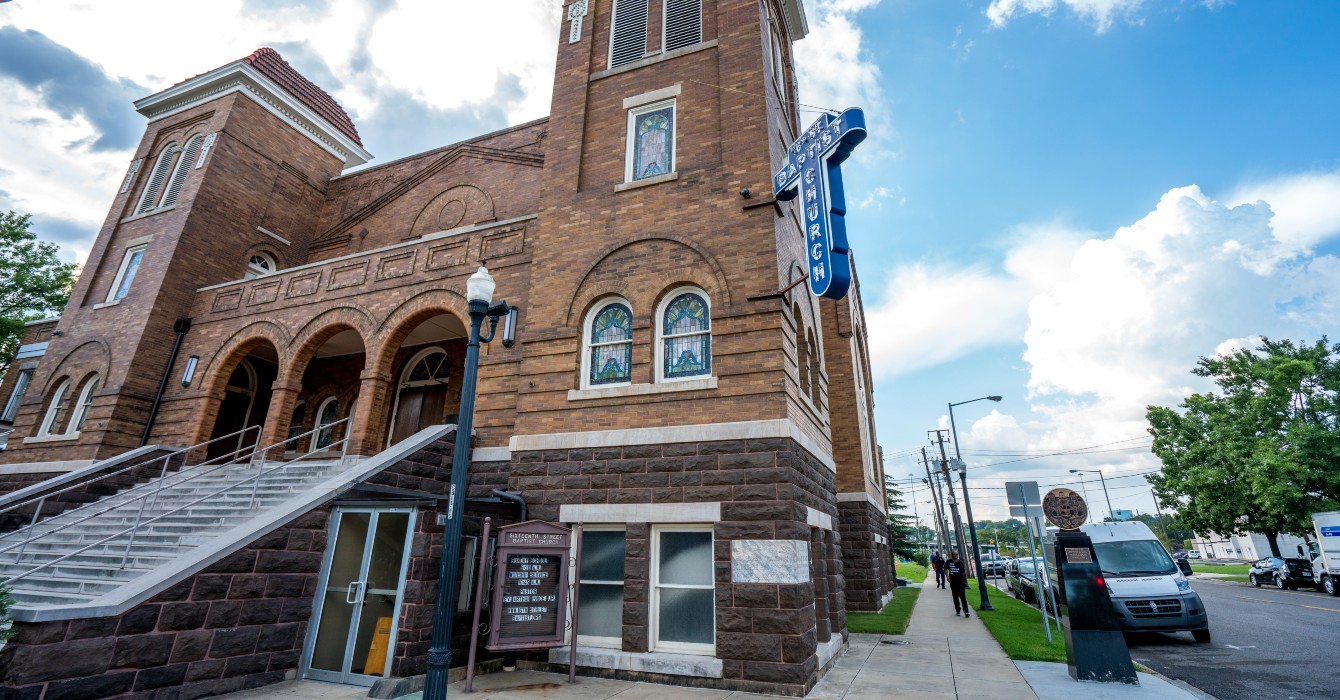Editor’s note: This is one article in an occasional series about thinking institutionally. To read more, please see “The long view,” also by David L. Odom, and “Why institutions matter” by L. Gregory Jones.
“If you want a job done right, do it yourself.”
I learned this individualistic mantra in school, and it has served me well. When handed the responsibility for building a new program inside an institution, I often have found it easier, quicker and more effective to do it myself. Organizationally that has meant building a “silo.”
The organizational silo has a bad rap, but it can be quite comfortable to live inside one. In a well-constructed silo within an institution, you can decide what to do and when to do it. You build a budget that only you understand. You know the constituent. You know the service. You come and go as you please. Your friends often are among the people who work in the silo with you. If anyone bothers to question this independent approach, you can point to your program’s innovative culture and growth as evidence that your way of doing business is wise.
But now the nation’s economic picture has changed.
The conditions that make for effective silos include a constant stream of new revenue and growing services. When money is plentiful, an institution’s leaders often are not so concerned about inefficiencies. There is plenty to go around and more work than anyone knows how to do.
During many of the economic downturns of the late 20th century, silo dwellers learned to keep their heads low and let the economic challenges blow over. If you could stay out of the way of the reorganization specialists and the cranky new board members for 18 to 24 months, the economy would turn around and the silo would be back in full operation.
The current economic challenges are deeper and longer lasting than any I have faced in 25 years of leading projects for and within Christian institutions. The revenue model for many of these institutions is collapsing, and staying low will not provide sufficient protection. This financial crisis, I believe, spells the end of silos. And that gives me hope -- because while it is true that working in silos can appear to those inside to be innovative and efficient, it is neither the most effective nor the Christian way to do business.
Our work as Christian leaders is to think institutionally. It’s not to try to work around our institutions. We must see ourselves within the larger mission of our institutions and the larger mission of the church. We must seek partnerships, not put up barriers to them.
The institutions navigating this new reality in a healthy way are examining the conditions that create silos. One challenge is addressing individual autonomy. No one in the organization has the power to start a service without talking to others, without building the service together. Determining how to move forward in an era of profound uncertainty requires the wisdom of many in the community. One person cannot gain sufficient experience or perspective to make wise decisions in isolation.
As Christians we believe in the significance of community. We believe God calls us to be with each other in worship and service. Spiritual growth is nurtured in community and often diminishes in isolation. Community provides accountability as well as support. Silos diminish a sense of community, creating conditions in which isolation and competition flourish. The shared work, the inherent value in joining together to establish God’s kingdom on this earth can be lost.
At times paying attention to the community dimensions of institutional work is criticized as being political -- a way of manipulating. But the picture of community I am painting is not about such behavior. It is acknowledging that worship is a community practice to which we are called. We are to be bound together. Confession is an act that we practice in relationship -- with God and with one another. In community we are held accountable and provided with support that can lead to growth. Sin has greater opportunity to flourish when we work in isolation.
What does a silo dweller need to do differently to adapt to this new world? The practice of thinking and acting institutionally begins with building relationships, learning the stories and traditions and imaginations of other people in your institution.
I have made it a practice to interview as many of my peers as possible within my institution. I go to their turf. I learn what is important to them. I think a transformational leader working on behalf of an institution can see the long view and how different parts of an institution must integrate, and that requires a strong network of peers. This step is foundational to identifying places of synergy.
To do this, leaders must develop projects that can be jointly owned and managed. Look for ideas that support and enhance the work of multiple projects. In my experience the payoff can last for years.
Listen to and respect the units that provide core support services, including financial management, human resources and facilities management. Make their jobs easier when possible. Involve them in decisions so they will understand the mission and see how their contributions make a tangible difference. The benefits are significant for everyone.
Try out ideas with colleagues in other departments. Proofread each other’s reports. Talk with the dedicated and creative people you discover at cross-project meetings. Develop peer relationships outside your own institution. Every time you have a big question, consider the resources you might tap outside your particular area of expertise.
I experienced my first taste of institutional leadership as a member of the budget committee for a regional judicatory. For one long day, the committee heard department after department ask for money for their good ideas. The next morning, we were expected to dole out several hundred thousand dollars to the projects we believed would have the most impact.
Back at the hotel, the lawyer, the banker and one of the ministers on the committee started talking about the challenge before us. (This is not the set-up for a joke. I was the minister.) We decided we really needed to encourage the people, not the ideas.
The lowest-paid employees had been the most creative, so we crafted a plan to honor their work. Our plan was to invest the available funds in the people across the organization and set up a system to monitor their progress. We chose to work across the silos rather than reinforce them.
The executive director and the committee loved the idea. People felt affirmed. New coalitions developed. The sense of the mission of the whole was honored in the process above the good work of the parts. The system we set up that day lasted for years.
If a handful of committee members of a 5,000-congregation regional denominational body can break down silos through shifting money and careful attention to the big picture, I have hope that any institution can make similar progress. It is our call -- one we can live into through clarity of mission, willingness to be open with each other, and trust in experience and judgment of those doing effective service.












